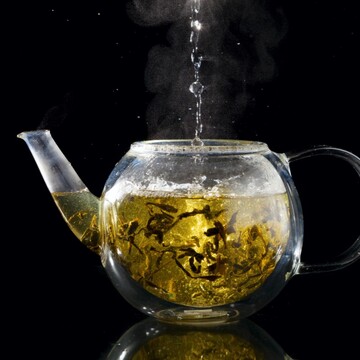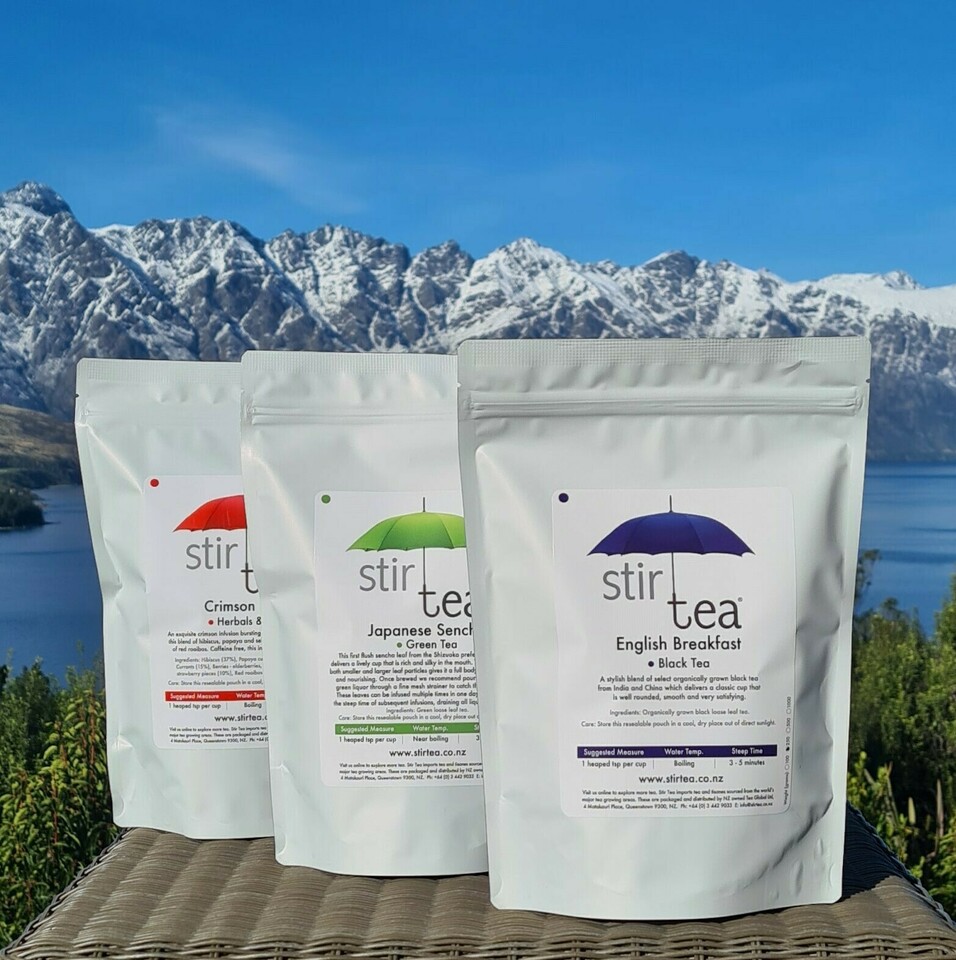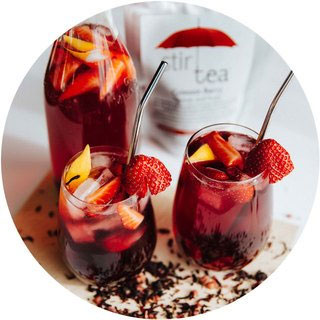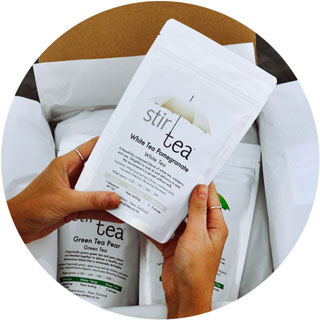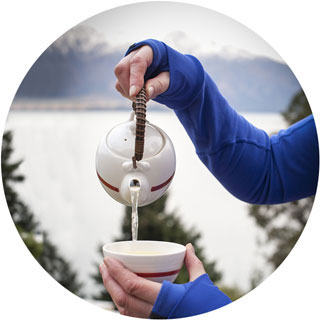The Heating and Cooling Nature of Tea
The leaf of the camellia sinensis bush (tea), has long been celebrated not just for its taste but also for its therapeutic qualities.
In the practices of Traditional Chinese Medicine (TCM) and Ayurveda - the ancient Indian science of life, tea is classified as either heating or cooling based on its effects on the body's internal balance, rather than the temperature at which it's served.
The Healing Power of Tea
Both practices emphasize tea’s role in promoting overall health and well-being, focusing on four core principles:
- Holistic Health: Harmony of the mind, body, and spirit.
- Energetic Balance: Restoring balance within the body's subtle energies - whether doshas in Ayurveda or qi and yin-yang in TCM.
- Nature's Pharmacy: Complementary herbs and spices are used with tea as natural healers.
- Individual Variations: A person's constitution and individual health conditions can affect how tea integrates with their body.
- In TCM, whether a tea is heating or cooling depends on its impact on the body's Yin and Yang energy.
- In Ayurveda, teas are tailored to balance the doshas - Vata (air/space), Pitta (fire/water), and Kapha (earth/water).
The Two Faces of Tea - Cooling vs. Heating
Cooling Teas:
- Green teas, white teas and some light oolong teas have cooling properties. These are tea styles that have not been oxidised (or in the case of the light oolong tea, only lightly oxidised).
- Have a calming and refreshing effect. They can help to reduce heat, soothe internal irritation and inflammation. This is especially so, when consumed in their pure form without added spices or heating herbs.
- These teas usually brew a lighter colour liquor than a traditional oxidised black tea.
- The cooling nature of green and white tea may mean it is not suitable for some during colder seasons unless balanced with warming spices or herbs.
Heating Teas:
- Black teas and darker oolong teas are considered Heating Teas. These styles of tea have underdone oxidisation during their processing.
- Generally oxidised teas contain the most caffeine. They have warming and invigorating properties which can promote circulation and stimulate the digestive fire.
- They are easy to identify as they brew a deeper liquor colour than your green or white teas.
Balancing with Herbs, Spices, and More
You can further personalise your tea experience with herbs and spices to suit your body's needs:
- Cooling Herbs: Peppermint, chamomile
- Heating Spices: Ginger, cinnamon, cardamom, black pepper
For example, a classic Masala tea blends black tea with spices like cinnamon and cloves, enhancing its warming properties - perfect for colder seasons. Even a cooling green tea can be balanced with warming additions like ginger or jasmine.
Milk & Honey: In Ayurveda, adding milk (dairy or non-dairy) and honey can enhance the warming effect of tea.
Parting Thoughts
Understanding tea’s heating or cooling nature may help you achieve harmony and balance in your body. When applying these principles:
- Consider Individual Variations: Your unique constitution may change how tea affects you.
- Timing Matters: Drink tea in the morning or early afternoon to avoid disrupting sleep.
- Quality is Key: Opt for high-quality loose-leaf tea without additives.
- Therapeutic Intent: Both systems use tea not only for its flavour but also for its therapeutic effects. You may find it beneficial to consult with a trained practitioner to tailor a tea or herb choice to your specific needs.
Posted: Thursday 22 August 2024
